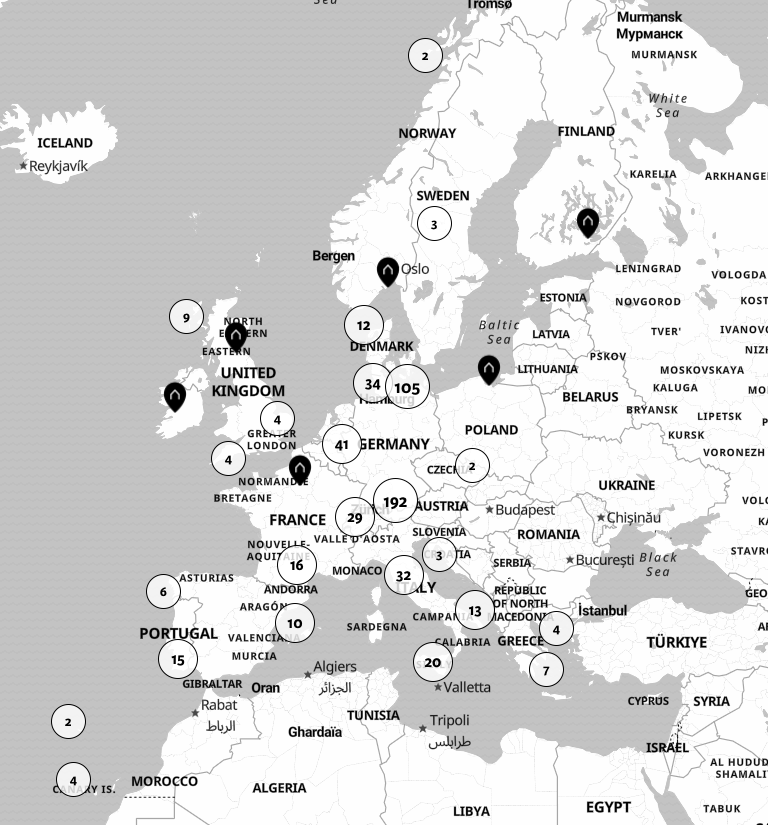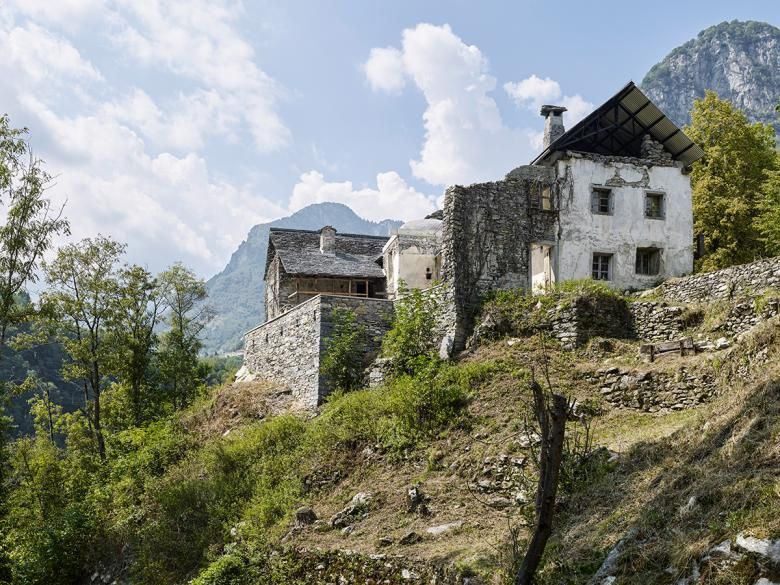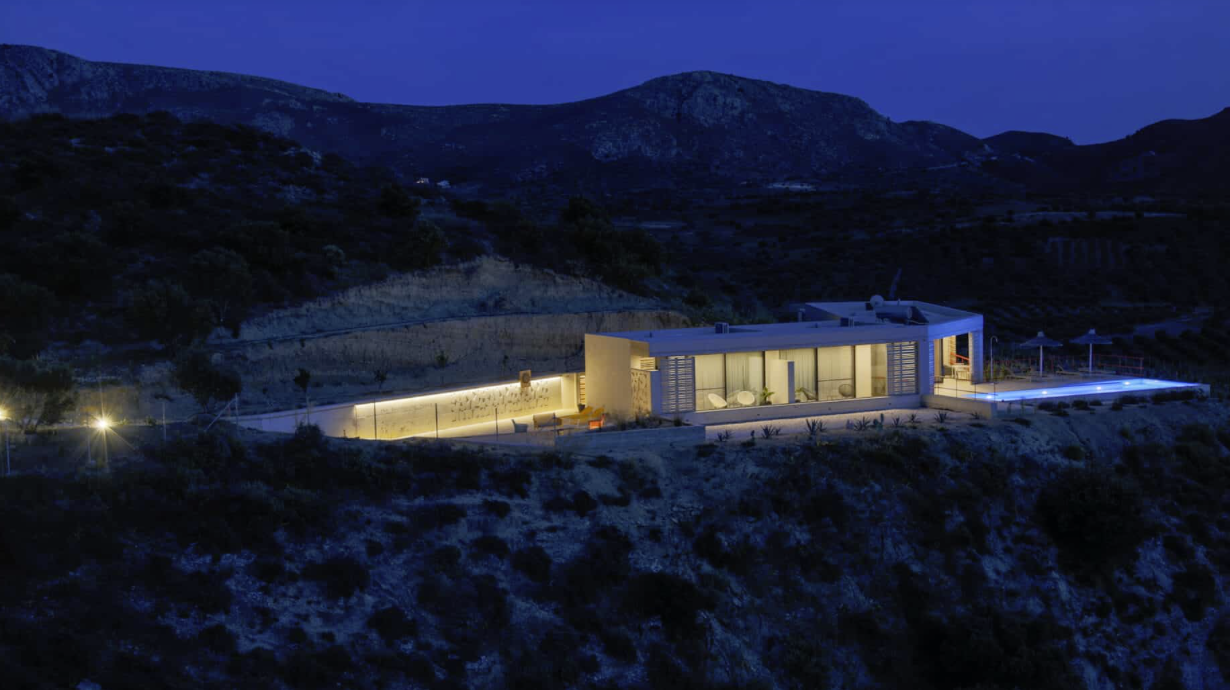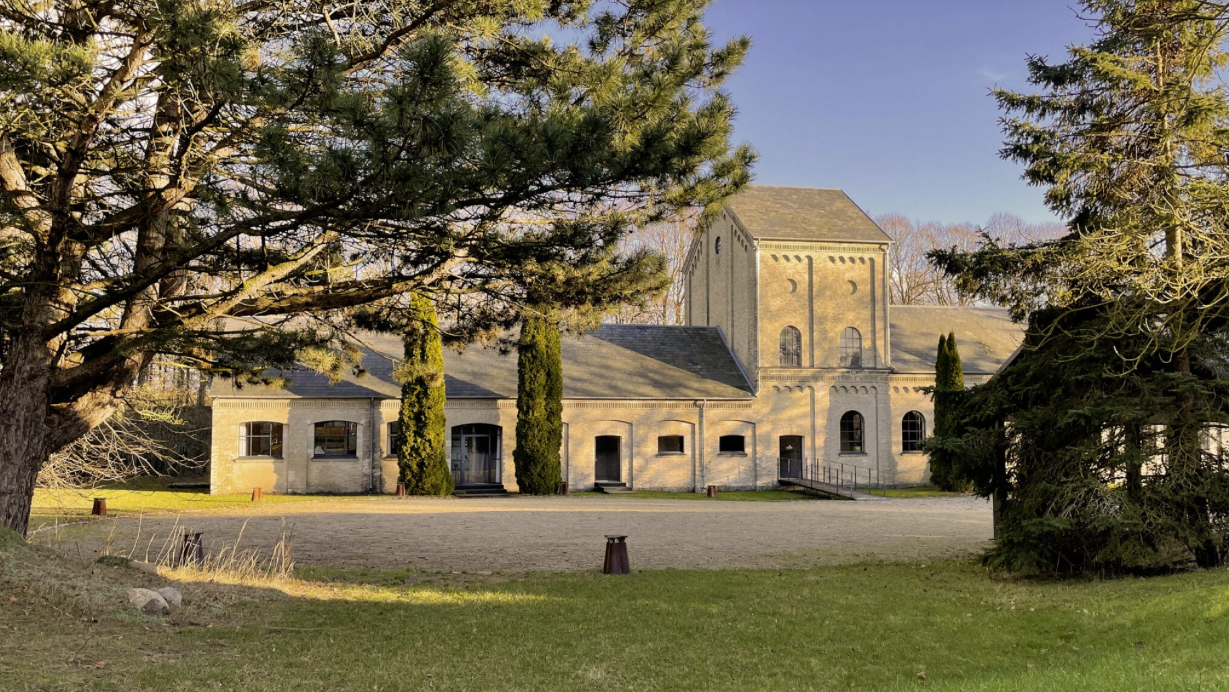Klasse statt Masse: Ferien in guter Architektur.
31.08.2023Jan Hamer is the founder of the online platform holidayarchitecture. He started it 16 years ago in Denmark. When the architect helped a friend there to build a modern-style holiday home, he noticed that such properties were difficult to find on the internet. Owners of modern holiday homes, in turn, usually had problems reaching architecture-savvy travellers. In the meantime, according to an article in the online magazine baunetz interior|design, the holidayarchitecture platform has developed into a portal with 560 holiday homes from Norway to the Canary Islands. In his interview with the magazine, the founder explains how this came about, what has changed since the founding and what goals he is pursuing.
Hamer explains his business model in the interview as follows: “In contrast to other platforms, we do not handle bookings, but present projects that we find interesting. The houses pay a small amount for this, but we don’t earn anything from the bookings. We do not interfere in the communication between hosts and guests, which we consider very important. The exchange with and among our hosts is also important to us.”
In addition to a detailed description of the property and a number of photos, there are details for each holiday home about what you can do here, why “holidayarchitecture” likes the house, for whom it suits as well as information about sustainability.

And here are a few more examples from the rich offer of “holiday architecture”:
Zumthor Ferienhäuser in Leis, Canton of Grison, Switzerland
Holiday Architecture writes about this architectural trouvaille by Peter Zumthor: “In the mountains above Vals in Graubünden lies Leis, a hamlet with old black wooden buildings, a white chapel and a small inn. Here, at 1500 metres above sea level, the internationally successful architect and Pritzker Prize winner Peter Zumthor has built three wooden houses: the Oberhus, the Unterhus and the Türmlihus. The houses, which differ somewhat in size, each extend over three floors and are furnished to a high standard: Designer furniture and lamps, teak bathrooms, kitchens with accessories ranging from steamers to raclette machines. The Türmlihus has a sauna.”
Casa Raslei, Onsernone Valley, Ticino, Switzerland

“Urlaubsarchitektur” writes about this unique ensemble: “In the wild Onsernone Valley of Ticino, on a steep slope sloping down from the valley road, stands an ensemble of stone houses that has grown structurally over generations and stood empty for years. Set on an edge of the terrain, Casa Raslei opens up towards the valley to the south, but at the same time shields itself from the higher-lying village of Mosogno Sotto. Below, the densely wooded terrain drops abruptly to the mountain stream Isorno, whose murmur is omnipresent in the valley. The client, who is familiar with the Ticino way of life, wanted Buchner Bündler Architekten to design a residential building that would be developed from the dilapidated ensemble using simple means.”
The Boomerang House, Sivas in the south of Crete, Greece

“Urlaubsarchitektur” writes about the modern architecture in the olive grove: “The Boomerang House is a B&B with only two guest rooms, secluded in an olive grove near the village of Sivas in southern Crete. The house was built to blend in with its surroundings in the best possible way. The shape, reminiscent of a boomerang, and the materials concrete, glass and wood characterise the building, which visually almost disappears into the hillside. The bright red railing of the pool area sets a colourful exclamation mark. The house consists of two parts: one wing houses the guest rooms, the other the kitchen and the flat of the operators. Between the structures, connected by a concrete roof, is the pergola under which breakfast is served in the morning.”
Saftstationen, Insel Møn, Denmark

“Urlaubsarchitektur” writes about this special building in Denmark: “Built in 1884, Saftstationen in the west of the island of Møn is one of the last industrial monuments of its kind. Where sugar beet was once processed into sweet juice, you can now spend your holidays, celebrate festivals and experience culture. On the edge of the village of Damme, not far from the coast and the beaches, in the middle of a park-like garden, lies the imposing complex of light-coloured clinker brick, consisting of two administrative buildings, fragments of the former beet chambers and the unloading ramp. When sugar production on Møn was flourishing, three sugar beet factories were built on the island to shorten the delivery route for the farmers. The building in Damme is the only one that has been preserved today. In 2019, the juice stations was holistically restored by its owners – with the intention of preserving its typical details.”
You can find out all about the “holidayarchitecture” platform and its 560 architecturally excellent holiday homes on their website urlaubsarchitektur.de.
Incidentally, there is also a comparable platform for England under the name living architecture.